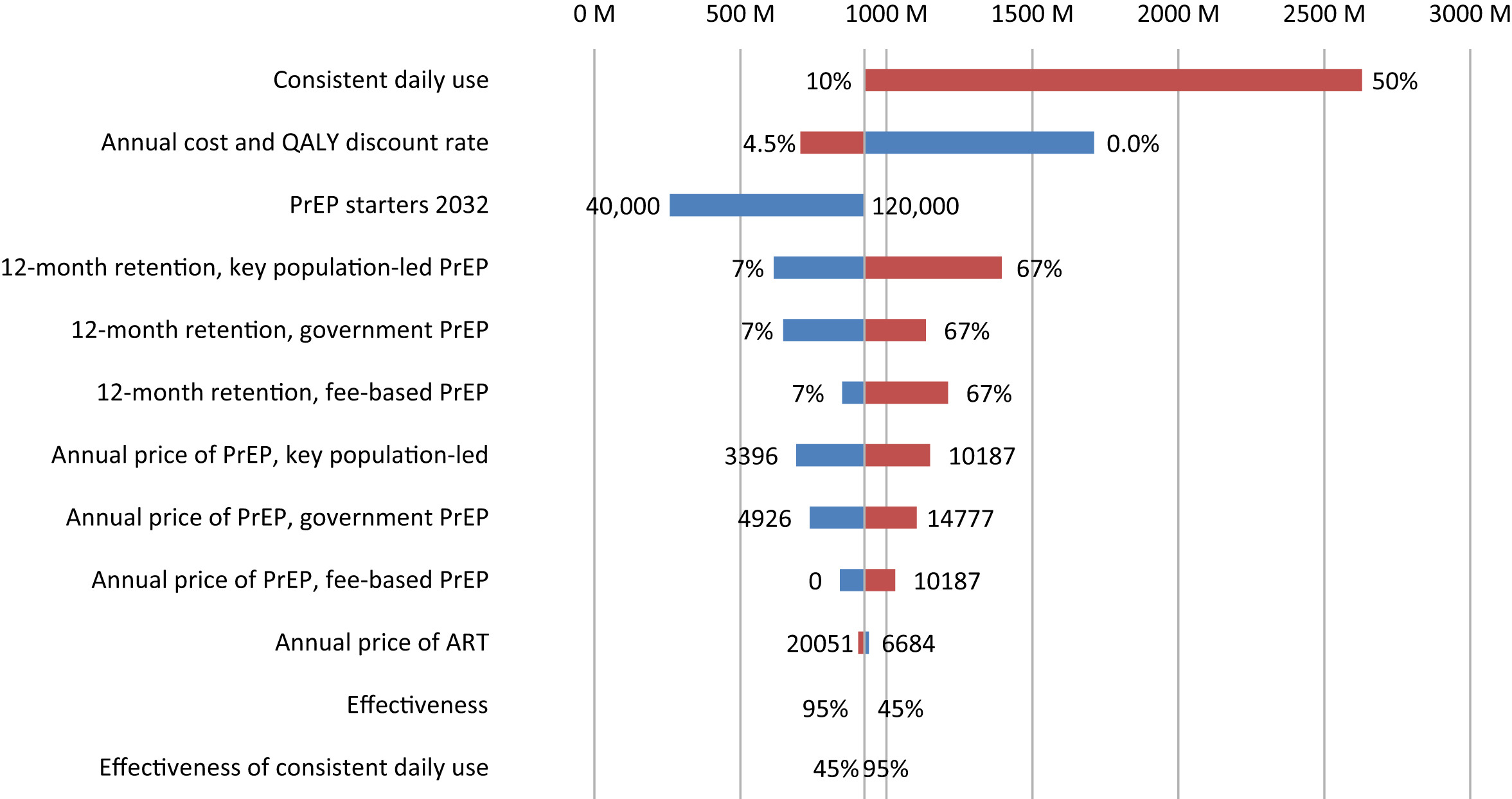This article supports SDGs 7,9 and 11 by proposing that the real-time online analysis, data integration, and prediction of future status, monitoring, decision-making, and self-healing of the power grid can be achieved, providing high security, reducing the risk of power grid accidents, and serving multiple fields of producers, consumers, and the entire country.
In this article, the authors used an Energy Transition Index to characterize the city-level energy transitions from energy system performance and transition readiness dimensions for 282 cities in China. They estimate that China’s energy and carbon intensity could decrease by 34% and 32%, respectively, and that carbon per capita could fall by 17% if each city modestly follows the sustainable development path forged by the best performing cities with similar economic structures.
The article provides a comprehensive systematic review of the empirical evidence on the impacts of profound gender discrimination on the survival of girls and women in son-preference countries.
This content aligns with Goal 3: Good Health by summarizing the current obstetric care in place, or lack thereof, in tropical regions. It recommends actions to create and improve quality, preventitive care where it is needed most and ultimately reduce maternal mortality rates in these regions.
This article advances SDG # 3, 5, 7, 10, 11, and 13 by measuring the strong relationship between air pollution and adverse pregnancy outcomes including low birth weight and preterm birth. It shows that fossil-fuel based pollution has serious health consequences, mitigation of which could have immediate health benefits, particularly in high-pollution environments. T
This research aims to analyze and compare the farmers' knowledge, perceptions, and adaptation efforts in the downstream and upstream irrigation areas of the Bulukumba Regency, South Sulawesi Province, Indonesia.
This Viewpoint supports SDG 3 by discussing the need for reimagining India's health system and the importance of an inclusive approach for universal health coverage.
PrEp interventions led by Key populations are more cost effective in delivering these services.
This Article supports SDG 8,9 and 10, by examining the direct relation between economic inequity and burden of disease due to air pollution in India considering time trends from 2011-2019.
The paper shows how still births are distributed across the country and how these regions need more focus in the UHC policy.


